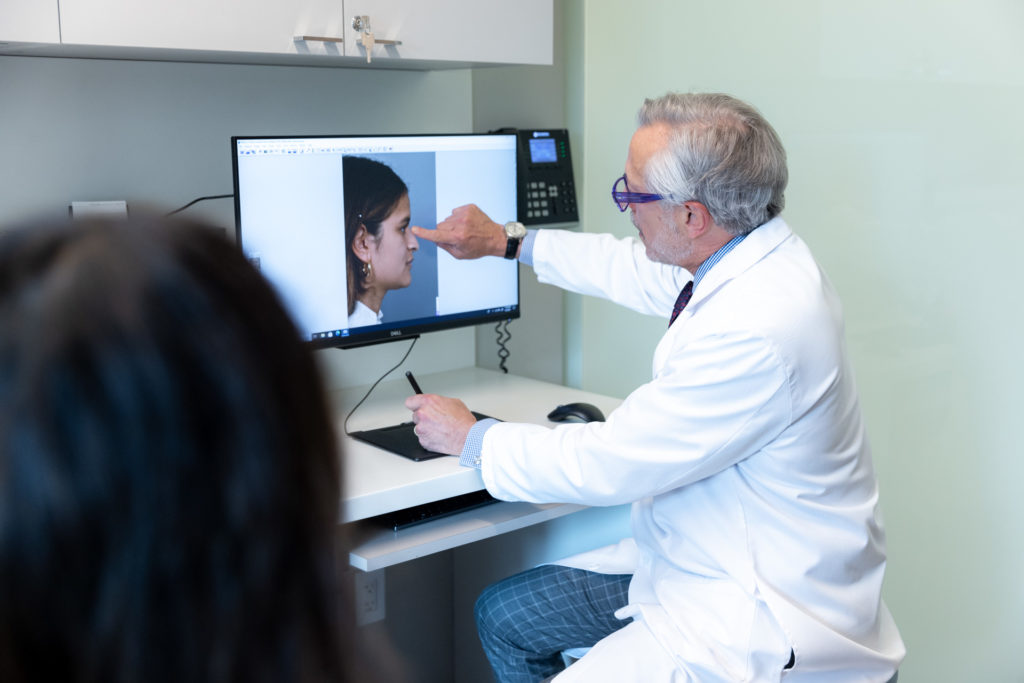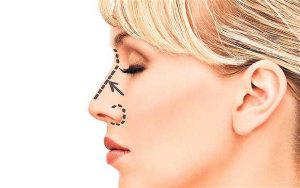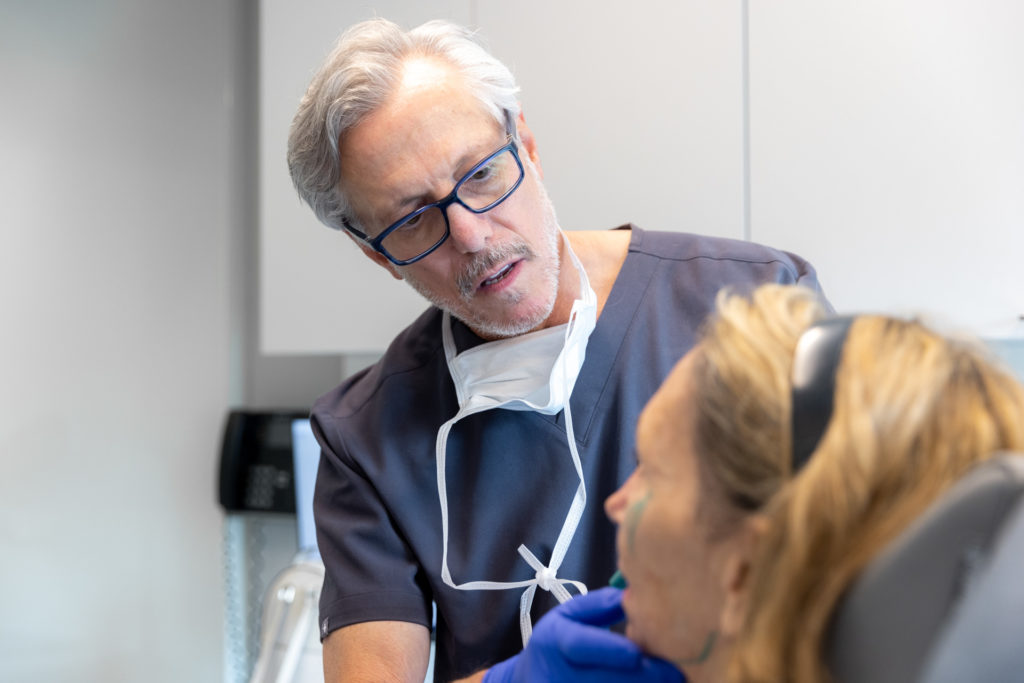
WHY ARE THERE SO MANY “BOTCHED” NOSE JOBS??
Contributed by Audrey Matney
Rhinoplasty is among the most difficult of all cosmetic surgery procedures because the nose has many intricate moving parts. Poor, or “cavalier” surgical technique can sometimes lead to long lasting deformity, so it is very important that you do your research to choose the surgeon best suited for your nose. Sometimes, even the most skilled surgeons can get unfavorable results due to the intricate nasal anatomy. If you do not want to end up on the hit reality show Botched, this article will give you the ins and outs, do’s and don’ts of Rhinoplasty straight from one of the world’s leading Rhinoplasty and Revision Rhinoplasty experts, who by the way, is close friends with a Botched doc (Paul Nassif MD, FACS); who concurs.
The first thing to discuss is your expectations with regards to your outcome. You must have realistic expectations as to the changes that can occur from Rhinoplasty, although you may desire a specific style, a nose that looks great on someone else may look awkward on you. When it comes to noses, one size definitely does not fit all! Proportionality is crucial. Dr Pearlman will take detailed measurements and utilize 2 and 3-dimensional photography to show you a very accurate portrayal of what certain changes might look like on YOUR face, after all it is your face, not Kim K’s or Ashley Simpson’s. Rhinoplasty can completely transform a large or misshapen nose, sometimes dramatically, but the basic architecture can only change so much. The most attractive nose is one that is in harmony with YOUR unique facial features, so be realistic!
With that being said, following is a bit of nasal anatomy so you understand why the nose is such a difficult little facial feature to refine. The nose consists of paired nasal bones and two different sets of paired cartilages. The upper-set start below the nasal bones and are called the upper lateral cartilages. The tip is made up of paired cartilages called the lower lateral cartilages. These have three parts, each in a different plane. There is also cartilage and bone in the center of the nose called the septum. Each and every surgical maneuver can alter a number of things, like the intricate workings of a fine timepiece; each change must be made with precision and care. Narrowing the tip cartilages can alter not only the size but the position, angle, strength and how far the tip sticks out from the face. Multiply that times 10 for more major maneuvers in Rhinoplasty and the chances for inexact results are present. A strong, well-proportioned nasal skeleton is the key to long lasting beauty and functionality. Reshaping the nose by removing large amounts of tip cartilage weakens skeletal support, often producing unsightly deformities; Dr. Pearlman sees this all too often! Removing too much septal-cartilage in an effort to reduce the size of the nose will surely lead to Revision Rhinoplasty in the future. Instead of removing skeletal support, Dr. Pearlman preserves the cartilage by reshaping, repositioning, and reinforcing the tip, not chiseling it away. If this means you cannot get a tiny little button nose, then so be it. The ability to breathe far surpasses cuteness any day of the week. The septum gives support and structure to the nose, once that cartilage is removed it is gone forever, if your nose collapses as a result of too much cartilage being removed often times ear or rib cartilage must be harvested to correct your surgical deformity. This is one of the main reasons why you should choose a surgeon who is double-board certified in Otolaryngology (ENT) as well as Facial Plastic and Reconstructive Surgery, your nose not only has to look good, it has to function properly as well! Dr. Pearlman is known as one of the world’s top nose surgeons and specializes in primary and revision Rhinoplasty, it is about 70% of our surgical practice.

The vast majority of patients who get Rhinoplasty are VERY happy. It’s only the small minority (around 7% according to the medical literature) who need revision. And of that percentage, only a small number are complete “do-overs”–most are small tweaks of noses patients already like. Lastly, unhappy patients are usually much more verbal than happy patients. You don’t often hear of people spending hours on the Internet blogging about good results. Many happy patients are so content they don’t even see the need to come in for a follow-up! Rhinoplasty in today’s world of cutting-edge technology and advanced techniques is more predictable, accurate, and effective than at any other time in history. With the right combination of surgical skill and realistic expectations, cosmetic rhinoplasty can produce a naturally beautiful nose that will flatter the face and last a lifetime. Now you know all about Rhinoplasty so you don’t end up on Botched as reality entertainment for the masses!




